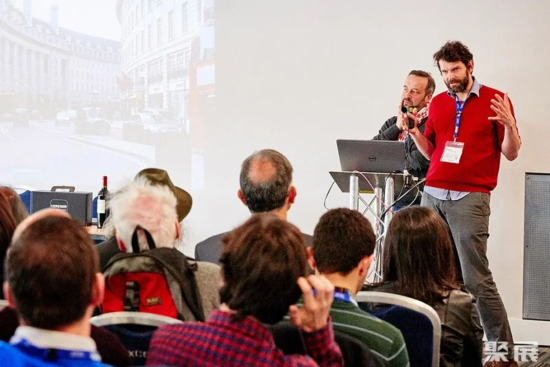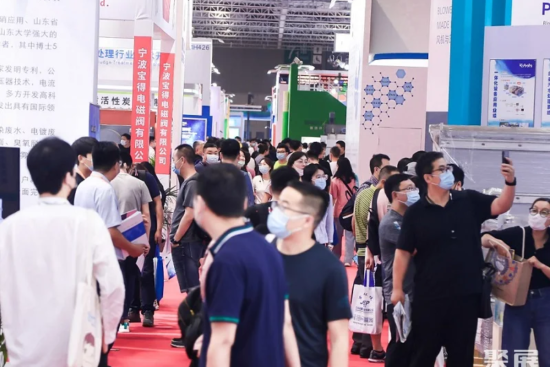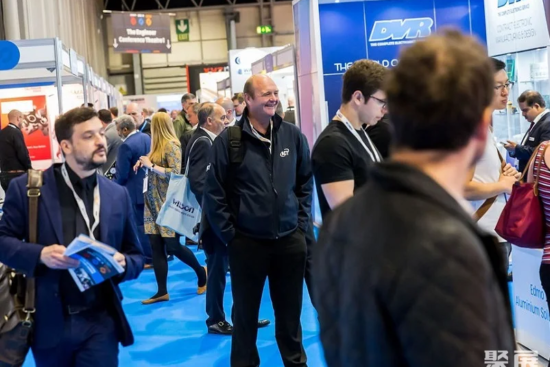
Expo! Expo! The IAEE 2024 Annual Meeting and Exhibition delves into the inner workings of exhibitions and events, offering six unique learning tracks from thought leaders such as Janet Sperstad, professor emeritus at Madison College and CMP fellow. She will introduce at the conference, How to Get Attention: Neuromarketing and Exhibitions.
In this session, Janet explores the intersection of neuromarketing and exhibitions. Whether it’s an exhibition/event organizer, a supplier or an exhibitor, from registration to the show floor, everyone is vying for your customers’ attention. She will teach participants how to cut through cognitive “noise” and capture attention.
You’ll examine the key drivers of our decisions. What’s a surprising factor that affects how people make decisions? How can organizers and/or exhibitors leverage this insight?
The brain makes decisions faster than you or I can blink. It divides everything into two categories, what will hurt me and what will help me. Everything we do in life is based on the brain’s determination to minimize danger and maximize reward. The brain looks for threats and dangers first—and rewards and happiness second.
Loss aversion creates a stronger response in the brain than motivation to obtain a reward. Our events and exhibitions should take advantage of losses and gains at key decision points such as event registration, negotiations with suppliers, venue and exhibitor space and sponsorship contracts. When you design to aid the brain, you can speed up attendee decision-making and get the results you want
Your meeting will hopefully reveal four ways to grab someone’s attention quickly. Can you give us a sneak peek at one or two of these methods and explain how they tap into our neural responses?
Attention is a choice the brain makes—the brain doesn’t pay attention to boring things. I know “boring” sounds like a judgment. However, “boring” is also a fact when we talk about the brain. Here’s why: Because when our brains are stimulated by a stimulus that doesn’t require neuronal firing, that stimulus continues without any response. So, what causes neurons to fire and attract someone’s attention? Threats and rewards, and context. Context is the content of the brain.
The framing of a message is as important as the message itself. The story creates a particularly powerful context. Stories are a rich way for our brains to absorb and process information. When we listen to a story, the visual cortex of the brain is highly activated, converting spoken words into graphics or movies. Our brains listen to the story in first person, situating ourselves in the story and activating our emotions. Activating our emotions helps our brains focus and anchor these stories in our long-term memory
You will also identify three unconscious influencers and persuaders. Can you share one of these hidden factors and explain how it subtly affects visitors’ behavior in the exhibition hall without them realizing it?
The power of kindness. Kindness is a neurochemical. Endorphins, serotonin, dopamine, oxytocin and other neurochemicals all fire up the reward areas of the brain while reducing cortisol (our stress neurochemical). The exhibition is very large in nature. Big lights, a big stage, big walls, a big audience, a big venue, all of these things activate the threat areas of the brain. Small gestures such as helping others find their way, letting others walk in front of you, giving up your seat, holding the door for others, greeting with a smile and eyes all require empathy and the ability to understand others.
These simple little actions activate mirror neurons in our brains, which mimic not only actions but also kind intentions. Kindness inspires trust, community, creativity and collaboration. So if you want to influence and convince someone, try a small act of kindness that can go a long way.
What sparked your passion for this subject? Why is this information so important in today’s business environment?
Our industry is very good at helping industry professionals understand the “inside” of exhibit management, such as managing logistics, analyzing data, selling and contracting booth space, floor plan development, financial management, attendee acquisition, and more. My passion and my career have been toward defining our professional field as a design discipline rooted in executive leadership and social and cognitive science.
My core focus is on helping our industry professionals discover the “why” of people’s decisions and actions so they can create powerful, meaningful and successful experiences for all. People are at the heart of what we do, and uncovering the “why” helps drive the results stakeholders and attendees want to achieve.











Leave a Reply Cancel reply
You must be logged in to post a comment.